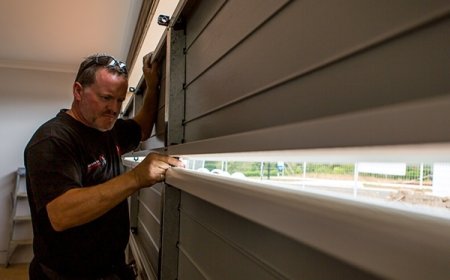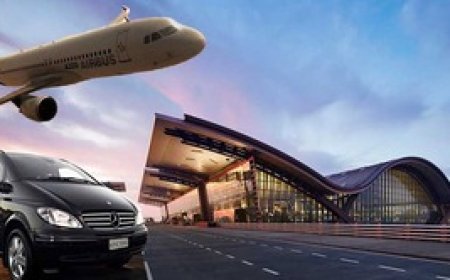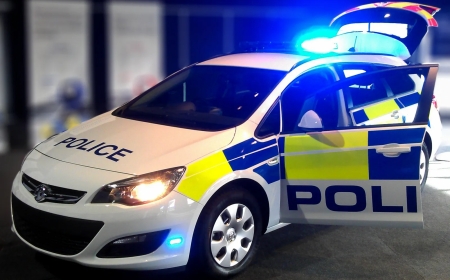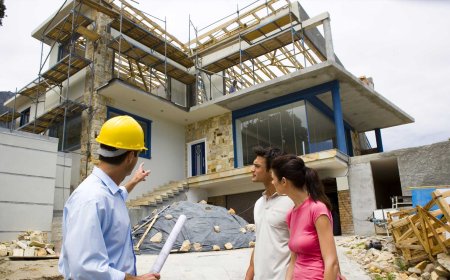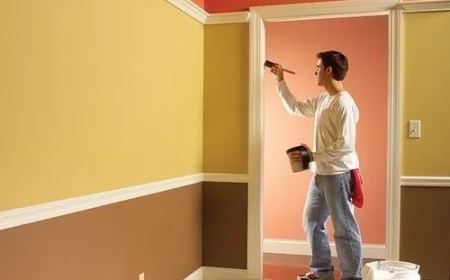Aerial Power Cable: The Complete Guide to Safe, Efficient, and Cost-Effective Overhead Power Transmission
An aerial power cable is an overhead electrical conductor used to transmit or distribute electricity through the air rather than underground
An aerial power cable is an overhead electrical conductor used to transmit or distribute electricity through the air rather than underground. These cables are typically suspended between utility poles or transmission towers. They are designed to withstand environmental factors such as wind, ice, UV rays, and temperature fluctuations, making them essential for both urban and rural electrical grids.
Key Features:
? Lightweight yet durable
? High tensile strength
? Weather and corrosion resistance
? Economical installation compared to underground cables
Why Are Aerial Power Cables So Widely Used?
Aerial power cables remain a cornerstone of modern power distribution networks. Heres why:
-
Cost Savings: Installation and maintenance are significantly cheaper than underground alternatives.
-
Ease of Access: Repairs and upgrades can be done quickly.
-
Longer Spans: Capable of covering vast distances, ideal for remote areas.
-
Flexibility: Can handle different voltage levels, from low to extra-high voltage.
Types of Aerial Power Cables
Understanding the various types helps in selecting the right cable for a specific application.
| Cable Type | Description | Common Applications |
|---|---|---|
| AAC (All Aluminium Conductor) | Made entirely of aluminium strands | Short distances, urban areas |
| AAAC (All Aluminium Alloy Conductor) | Aluminium alloy for improved strength & conductivity | Coastal areas due to corrosion resistance |
| ACSR (Aluminium Conductor Steel Reinforced) | Aluminium strands wrapped around a steel core | Long spans, high tension applications |
| ACAR (Aluminium Conductor Alloy Reinforced) | Combines properties of AAAC & ACSR | Heavy load, high voltage distribution |
| Insulated Aerial Cables | Covered with insulating material | Urban networks, tree-rich environments |
Advantages of Using Aerial Power Cables
?? Low Installation Cost: No expensive trenching required.
?? Fast Deployment: Ideal for emergencies or rapidly developing areas.
?? Scalable Maintenance: Easier to detect and repair faults.
?? Durability: Withstand harsh weather conditions with minimal performance loss.
Disadvantages to Consider
No solution is perfect. Here are a few drawbacks:
-
Visual Impact: Can clutter the skyline in urban settings.
-
Susceptibility to Weather: Storms, lightning, and falling trees can damage lines.
-
Right-of-Way Requirements: Need clear pathways free from obstructions.
How to Choose the Right Aerial Power Cable
Selecting the appropriate cable type depends on multiple factors. Use this checklist:
? Voltage Level:
Low, medium, or high voltage transmission?
? Span Length:
How far does it need to reach between supports?
? Environmental Conditions:
Is the area coastal, forested, or exposed to extreme weather?
? Load Requirements:
How much current must the cable carry?
? Regulatory Compliance:
Does it meet local and international standards?
Best Practices for Installation
Safety and efficiency go hand-in-hand during installation. Follow these guidelines:
-
Site Survey: Identify obstacles, tree coverage, and potential hazards.
-
Use Quality Poles/Towers: Ensure theyre designed to handle mechanical loads.
-
Maintain Proper Sag & Tension: Prevents excessive swing or snapping.
-
Install Lightning Arrestors: Protects from voltage surges.
-
Regular Inspections: Identify corrosion, wear, or bird damage early.
Frequently Asked Questions (FAQs)
? What is the lifespan of an aerial power cable?
Most aerial power cables last 30-50 years, depending on the material, installation quality, and environmental exposure. Proper maintenance can extend this lifespan.
? Are aerial power cables safe during storms?
While they are designed to handle harsh weather, severe storms can still cause damage. Utility companies typically install lightning arrestors and use reinforced structures to minimize risks.
? How do aerial power cables affect the environment?
Visually, they can impact landscapes and urban aesthetics. However, they often have a lower environmental footprint than underground cables due to less soil disruption during installation.
? Can aerial power cables be upgraded?
Yes. Existing lines can often be retrofitted with higher-capacity conductors or modern insulation materials without replacing entire structures.
? Whats the difference between an aerial cable and an overhead line?
The terms are often used interchangeably. Technically, an overhead line may refer to bare conductors on towers, while an aerial cable can include insulated versions used in more congested areas.
Industry Standards for Aerial Power Cables
To ensure safety and reliability, aerial cables must comply with various standards such as:
-
IEC 61089: For round wire concentric lay overhead electrical conductors.
-
ASTM B232/B232M: For ACSR conductors.
-
ISO 9001 Certification: Indicates quality management during production.
Always verify that your supplier meets these standards for long-term performance.
Installation Costs: A Quick Breakdown
| Cost Element | Estimated Percentage |
|---|---|
| Cable Material | 40% |
| Poles/Towers | 20% |
| Labor & Equipment | 30% |
| Permits & Regulatory Fees | 5% |
| Contingency | 5% |
Tips to Maximize Efficiency and Reduce Downtime
-
Routine Inspections: Use drones or binoculars for hard-to-reach spans.
-
Smart Monitoring: Install IoT sensors to detect faults remotely.
-
Vegetation Management: Trim trees regularly near power lines.
-
Employee Training: Ensure crews are up to date with the latest safety standards.
Expert Insights on Future Trends
? Smart Grids: Integration of aerial power cables with smart grid technologies enables real-time monitoring and predictive maintenance.
? Sustainability: Advances in eco-friendly materials and corrosion-resistant coatings extend cable life.
? Urban Development: More cities are turning to insulated aerial bundled cables (ABC) to minimize outages caused by trees and animals.
Quick Safety Checklist for Maintenance Crews
? Always de-energize lines before maintenance.
? Use proper PPE (Personal Protective Equipment).
? Follow local regulations for working at heights.
? Employ lockout/tagout procedures.
? Keep detailed maintenance records for audits.










